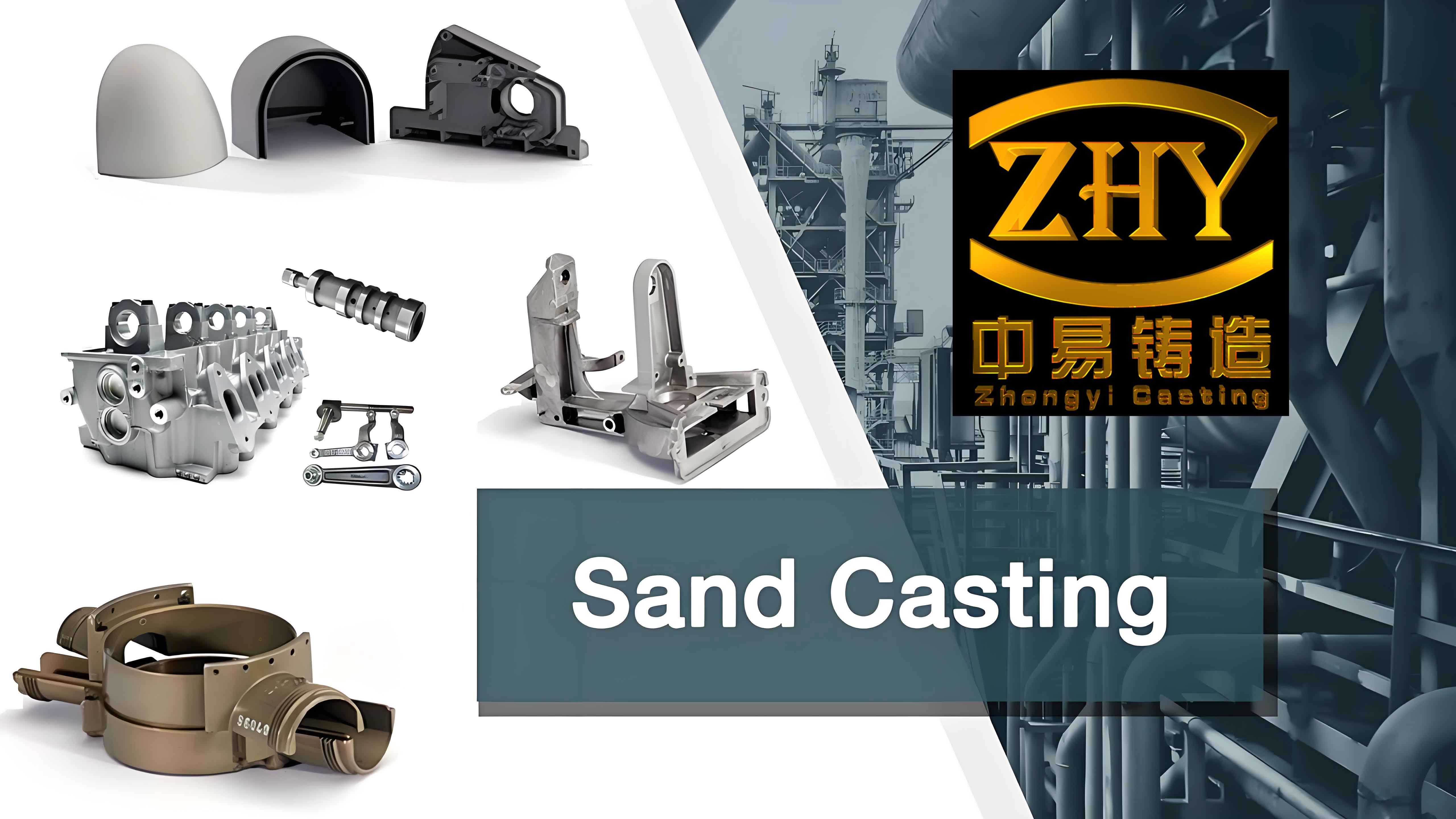
Sand casting is a widely used manufacturing process in various industrial applications, where the quality of the produced sand casting parts is of paramount importance. Ensuring high-quality sand casting parts requires a comprehensive set of quality control measures throughout the entire production process.
Introduction to Sand Casting
Sand casting is a metal forming process in which molten metal is poured into a cavity formed in sand. The sand mold is typically made by packing sand around a pattern, and once the metal solidifies, the mold is broken to remove the casting. This process offers flexibility in terms of the complexity and size of the parts that can be produced.
Importance of Quality Control in Sand Casting
High-quality sand casting parts are essential for the reliable and efficient operation of industrial equipment and machinery. Poor quality parts can lead to premature failure, increased maintenance costs, and even safety hazards. Therefore, implementing effective quality control measures is crucial to meet the demanding requirements of industrial applications.
Quality Control Measures in the Pattern Making Stage
The pattern is the key element that determines the shape and dimensions of the sand casting part. Quality control at this stage involves:
- Accurate design and dimensioning of the pattern to ensure compliance with the specified requirements.
- Inspection of the pattern for any defects, such as surface roughness, distortion, or incomplete features.
- Use of high-quality materials for pattern construction to withstand multiple uses.
Sand Preparation and Mold Making Quality Control
The quality of the sand and the mold making process significantly affect the final quality of the casting:
- Selecting appropriate sand types with suitable properties such as grain size, moisture content, and permeability.
- Ensuring proper mixing and conditioning of the sand to achieve uniform consistency.
- Checking the mold for defects such as cracks, porosity, or incomplete filling.
Molten Metal Quality Control
The quality of the molten metal is a critical factor in obtaining high-quality sand castings:
- Control of the chemical composition of the metal to meet the specified alloy standards.
- Monitoring of the melting temperature and holding time to ensure homogeneity and proper metallurgical structure.
- Filtration and degassing of the molten metal to remove impurities and trapped gases.
Pouring and Solidification Process Control
Proper control during the pouring and solidification stages is essential:
- Maintaining the correct pouring temperature and rate to avoid cold shuts and porosity.
- Using appropriate gating and risering systems to ensure proper metal flow and feeding during solidification.
- Monitoring the solidification process to detect any abnormal shrinkage or defects.
Inspection and Testing of Sand Casting Parts
After the casting is produced, a series of inspection and testing methods are employed:
| Inspection Method | Description |
|---|---|
| Visual Inspection | Examination of the surface for defects such as cracks, porosity, and surface roughness. |
| Dimensional Inspection | Measuring the dimensions of the casting using calipers, micrometers, or coordinate measuring machines (CMM) to ensure compliance with the design specifications. |
| Radiographic Inspection | Using X-rays or gamma rays to detect internal defects such as voids, inclusions, and shrinkage cavities. |
| Ultrasonic Testing | Sending ultrasonic waves through the casting to detect flaws and discontinuities. |
Non-Destructive Testing (NDT) Methods
In addition to the above, non-destructive testing techniques play a vital role in quality control:
- Magnetic Particle Inspection (MPI) for detecting surface and near-surface defects in ferromagnetic materials.
- Penetrant Inspection (PT) for identifying surface cracks and porosity in non-porous materials.
Statistical Process Control (SPC) in Sand Casting
Implementing SPC helps monitor and control the production process to ensure consistent quality:
- Collecting and analyzing data on process parameters such as temperature, pressure, and time.
- Using control charts to identify trends and variations in the process and take corrective actions in a timely manner.
Training and Skill Development of Personnel
Skilled and knowledgeable personnel are crucial for effective quality control:
- Training workers in sand casting processes, inspection techniques, and quality control procedures.
- Encouraging continuous learning and improvement to stay updated with the latest industry standards and best practices.
Examples of Quality Control Success Stories
To illustrate the importance and effectiveness of quality control measures, let’s consider a few case studies:
Case Study 1: Automotive Engine Components
A manufacturer of automotive engine blocks implemented strict quality control measures throughout the sand casting process. This included precise pattern making, controlled sand preparation, and rigorous inspection of the molten metal and castings. As a result, the defect rate was significantly reduced, leading to improved engine performance and reduced warranty claims.
Case Study 2: Aerospace Components
In the aerospace industry, where the reliability of components is of utmost importance, a sand casting facility for turbine blades employed advanced NDT methods and SPC. This ensured that the castings met the stringent quality requirements, contributing to the safety and performance of aircraft engines.
Conclusion
Quality control measures for sand casting parts in industrial applications are essential to ensure the production of high-quality, reliable, and defect-free components. By implementing a comprehensive set of quality control procedures at each stage of the process, from pattern making to final inspection, manufacturers can meet the demanding requirements of various industries and enhance the competitiveness of their products. Continual improvement in quality control techniques and the training of personnel are key to maintaining and improving the quality of sand casting parts in the future.
It should be noted that the field of sand casting and quality control is constantly evolving, and manufacturers must stay updated with the latest technologies and industry standards to remain at the forefront of quality production.
